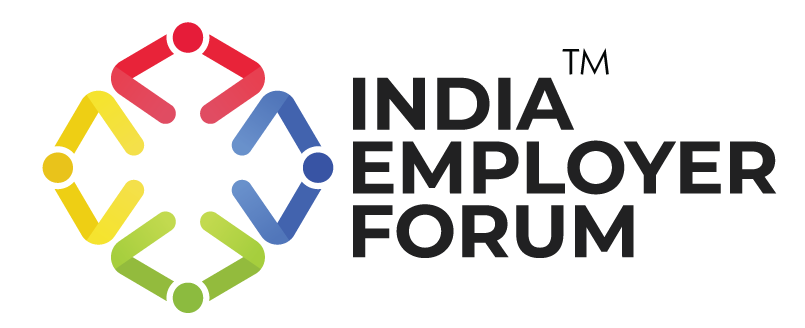Many companies worldwide offer their employees the advantage of working remotely and giving them flexible timing options to work at their convenience these days. However, aligning the work timings of different employees according to different time zones is still a challenge for many of those companies. This is where organizations can use time zone stacking to build diverse teams for different time zones. This is the best way to make flexible work models prevalent these days.
In the past, organizations didn’t realize that time zone differences could be a big issue for collaboration between different teams. Due to a lack of proper collaboration, there was a rise in turnaround time when exchanging responses during conversations. And this caused a delay in making the right decisions for a particular problem or task. And to add to the trouble, it was almost impossible to see what different people on the team were doing at a specific point in time, which made many people feel out of place.
But, things are not the same as they used to be earlier. The challenges that come with time zones still exist; however, organizations have now learned their lessons and are better equipped to structure their teams to make the most of the time differences. And this structuring of groups for different time zones has given rise to time zone stacking – an approach in which the team members are given different work timings to suit different time zones. This allows a team to be available throughout the day, facilitating a 24/7 work culture.
You might also be interested to read: Hybrid Work Model: Finding The Right Balance
There is also a need not to let some employees suffer due to a shortage of overlapping work hours of different team members. Because of this challenge, many employees have to stay up late or get up to speed early in the morning. Organizations should ask their employees to spread their check-ins to tackle this challenge. This will allow team members to complete daily tasks timely and achieve their short-term and long-term objectives. Every team member will have visibility into what their team members are up to, saving them from working extra hours. Time zone challenges limit the instances of real-time communication between different team members. This is why they need to utilize whatever time they get to spend together in the best possible manner. Regular meetings daily with clear agendas will allow employees to use their together-time optimally.
One of the biggest reasons organizations should switch to time zone stacking is because it is beneficial for their employees. Employee-centric organizations can help their employees keep fit mentally and physically and maintain the right balance between their personal and professional lives. It is a well-established fact now that the Great Resignation post-pandemic was primarily the result of burnout. With time zone stacking, employers can lower the burden on their employees’ shoulders.
Reference: Time Zone Stacking: The New Teamwork Paradigm? | Toolbox | Dan Pupius | October 26, 2021
You might also be interested to read:






